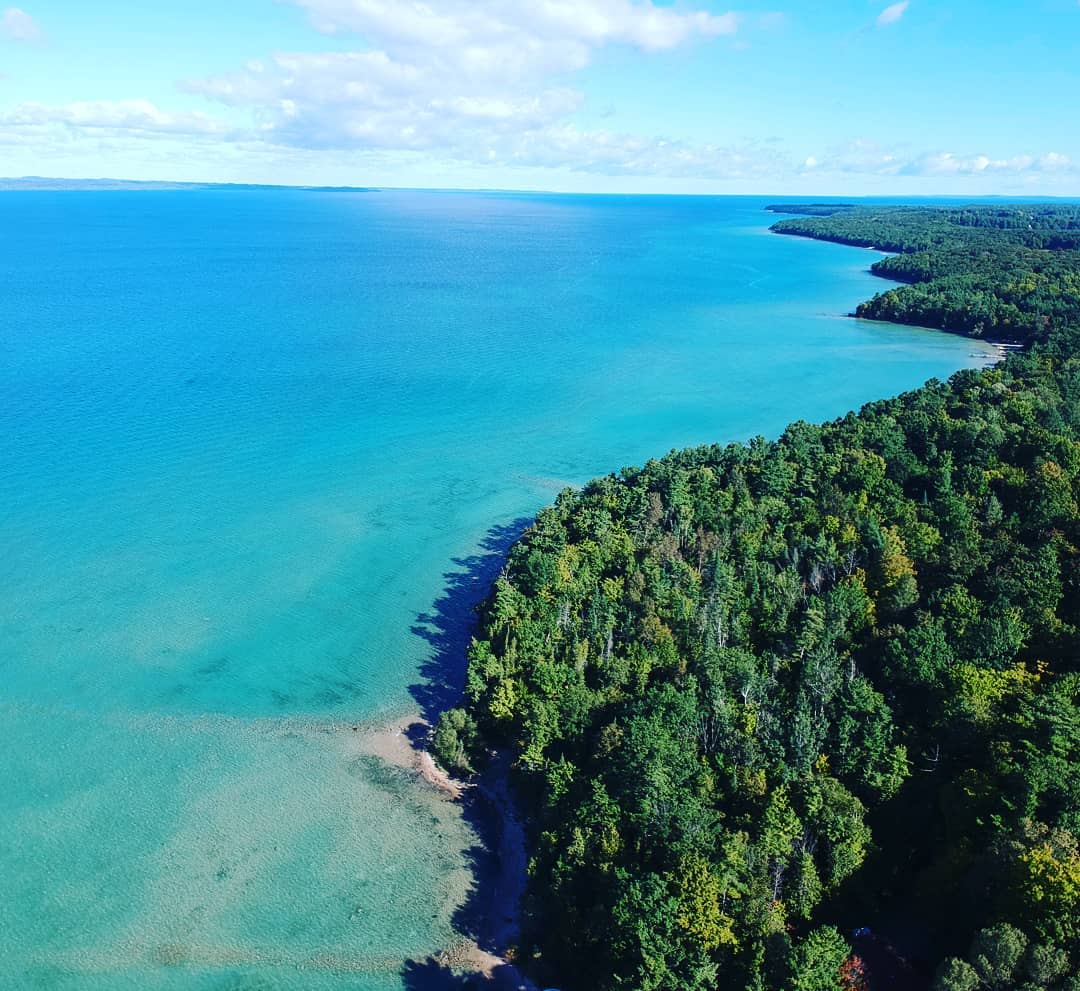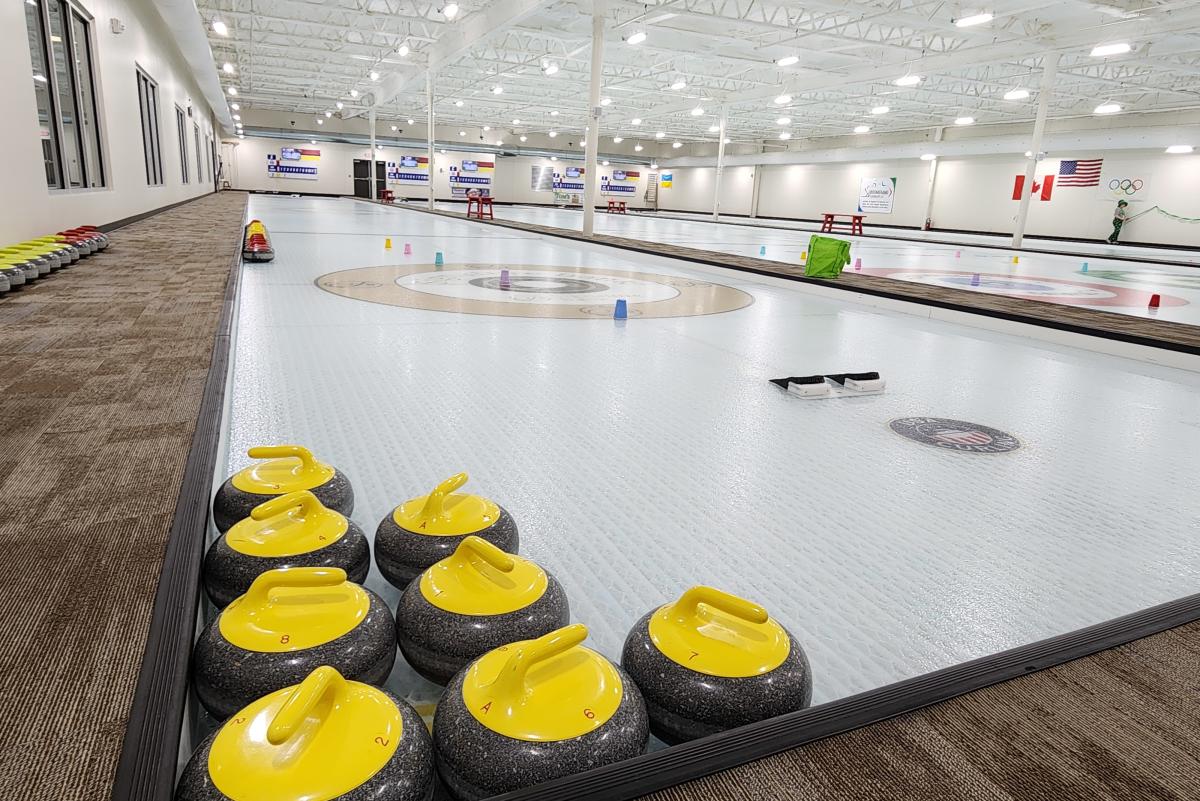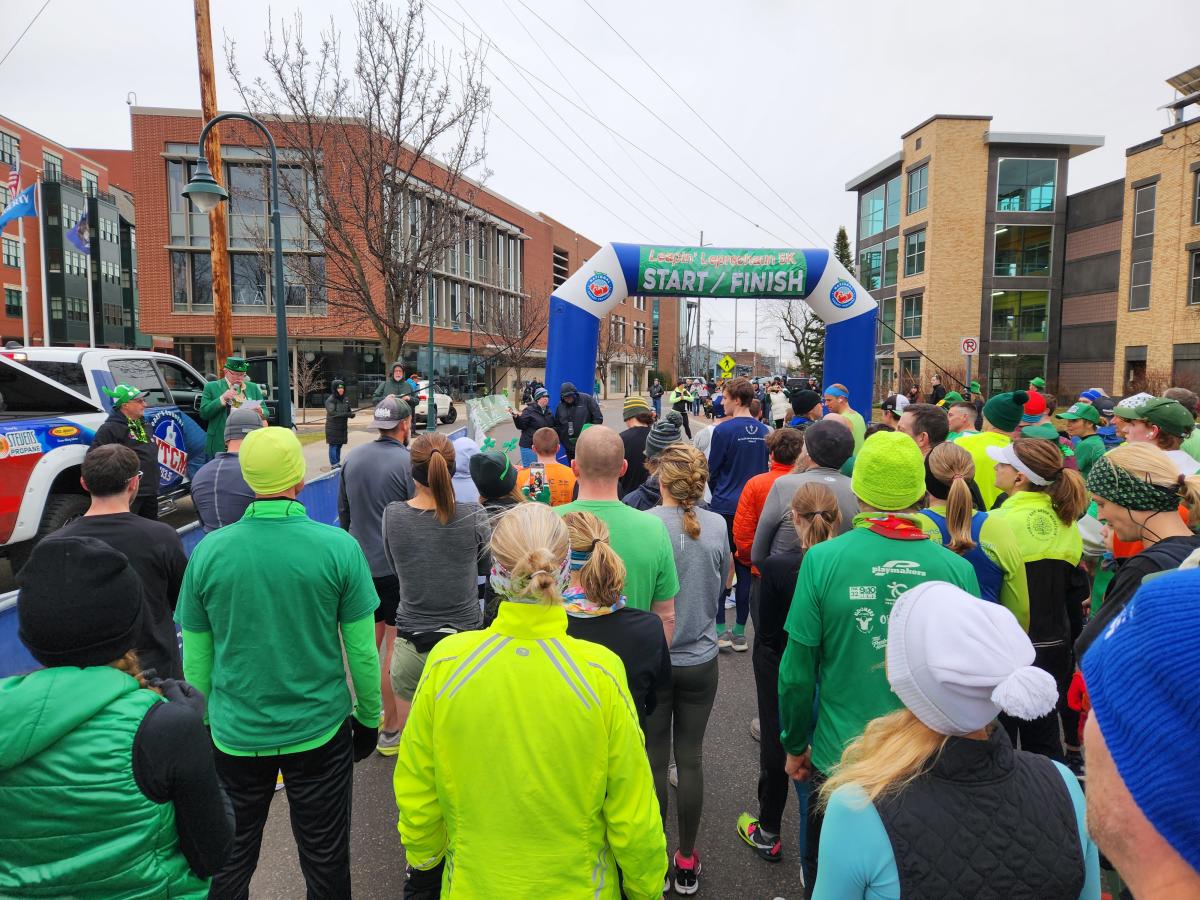
While titled the Most Traveled Person of America, having covered the fifty states well over twenty times, I had yet to visit the small town with a mighty name, Traverse City. Decades in the making to complete a lifetime milestone to visit every pinpoint on the U.S. map, I drove from my home state of Oregon, where many features like the Columbia River Gorge and Cannon Beach feel like you’re observing all the world’s natural beauty in one place, I felt a similar sentiment about Traverse City. Instead, spotting all the fine features of small-town America in one destination.
As winter and spring jostled for position in mid-March, the sun was shining strong and bright as a highly elevated mountain town of Colorado, creating illuminating shades of blue/green on the Grand Traverse Bay that could be mistaken for the Florida Keys. Taking a scenic drive along the well-branded M-22 low-lying shoreline highway resembled the picturesque roads overlooking Washington’s Puget Sound. The rolling hills saturated with wineries along the Old Mission Peninsula, take a page out of Napa Valley’s iconic scene. And with many towns across America, there are the intangibles, like personality and the sense of feeling it delivers. Traverse City conveys prestige, like an established Cape Cod village, that becomes a regional sanctuary.

It didn’t take long to see much, which is why Traverse City earns such a big name. There’s an incredible variety of experiences in such close proximity. Wander downtown’s Front Street, where courageous small business owners collectively show off their inspiration. Watch local fishing enthusiasts throw a line out from the docks into the Boardman River, hoping for that steelhead catch of the day. Strap on skis or snowshoes to explore the VASA pathways. And pull cherries from one of the many farms, like the Third Coast Fruit Company.
My focus on travel is always getting to the heart of what’s valuable to the local community. It’s no surprise that I wanted to explore the preservation of the Great Lakes system. Invasive species have long been a threat to the ecosystem, so I connected with the Inland Seas Education Association, a non-profit mission to environmental education. Their effort of stewardship starts with the local youth, inspiring them to be aware of their natural habitat and the challenges that lie ahead. They offer engaging curriculum and activities that would attract any youth to pursue the sciences, like venturing out on tall ships schooners, where they can live onboard for up to five days. Any guest that visits that site, based in Suttons Bay, will learn that the ballast waters of cargo ships bring in evasive species from all parts of the world through the St. Lawrence seaway that connects the ocean to the Great Lakes system. Zebra and quagga mussels, for example, filter plankton, affecting the base level of the food web. The reduction of the plankton does create a translucent appearance of the water, and although it displays beautiful colors it indicates the damage caused.

Winter sports also hit the core of the locals. Curling has been around for hundreds of years, dating its roots to Scotland. Many Nordic countries, Canada and the United States have become competitive in the Olympics in recent decades. Traverse City noted the demand of the community, so I connected with the Traverse City Curling Club, which coincidentally hosted the national championships a month prior. I had the opportunity to glide on the ice, where the sports legends once slid stones. Curling on television doesn’t give justice to how difficult this sport actually is. The playing surface is just under 50 meters, such a distance that you need monitors that display where stones land in and around the target. The sheet of ice is not like a skating rink, rather it’s pebbled by hot water, which creates micro-divots to make the granite stone drift with less friction. For the athlete controlling the momentum of the stone, they start in blocks, where they push off like a sprinter, but as a beginner, you’ll find yourself twisting out of control and even spinning backward. What does that mean for your accuracy? I say, “Good luck!”

Being lucky like an Irishman, I happened to be in town during St. Patty’s weekend, when a 5k road race took place. There’s no better way of navigating a city with a slew of volunteers and police officers closing the streets, so you can run in the middle of the road. Racing directors and course designers know that to attract a crowd, the course map better takes participants through the best parts of the city. I had a chance to see at least 3.1 miles of it. Beginning at the illustrious building of the Hagerty Insurance Agency, we strided through the historic district, where homes could be mistaken for museums. Residents applauded from their porches until we reached a path that curled the fringes of Boardman Lake. Yes, another lake right in town!
I learned that Traverse City got its name from Indian hunters and French traders, who made the Grande Traverse across the mouth of the bay by canoe. Although I had it much easier by driving a Jeep Cherokee across America hundreds of times over several decades, I understand the meaning of long crossing. And my journeys are always about developing perspective from the lens of others. As I drove south downstate, as the locals call it, I thought about how each state in America has local escapes, like South Padre Island for Texans, Ocean City for Marylanders, and the gulf shores for Alabamans, but Traverse City should be an escape to all Americans.

